We live in a hyperconnected world. In our day-to-day life, we rely on billions of interconnected devices providing us with global connectivity.
However, things get slightly more complicated when travelling abroad. That’s when roaming comes into play. And it doesn’t have a good reputation either – it’s often associated with high or unexpected charges.
But the ability to stay connected, even while abroad, is becoming more and more of a necessity. And not only from the traveller’s perspective but also from travel companies. With travel numbers still not close to the pre-pandemic levels, travel companies need to find other ways to reach their financial goals.
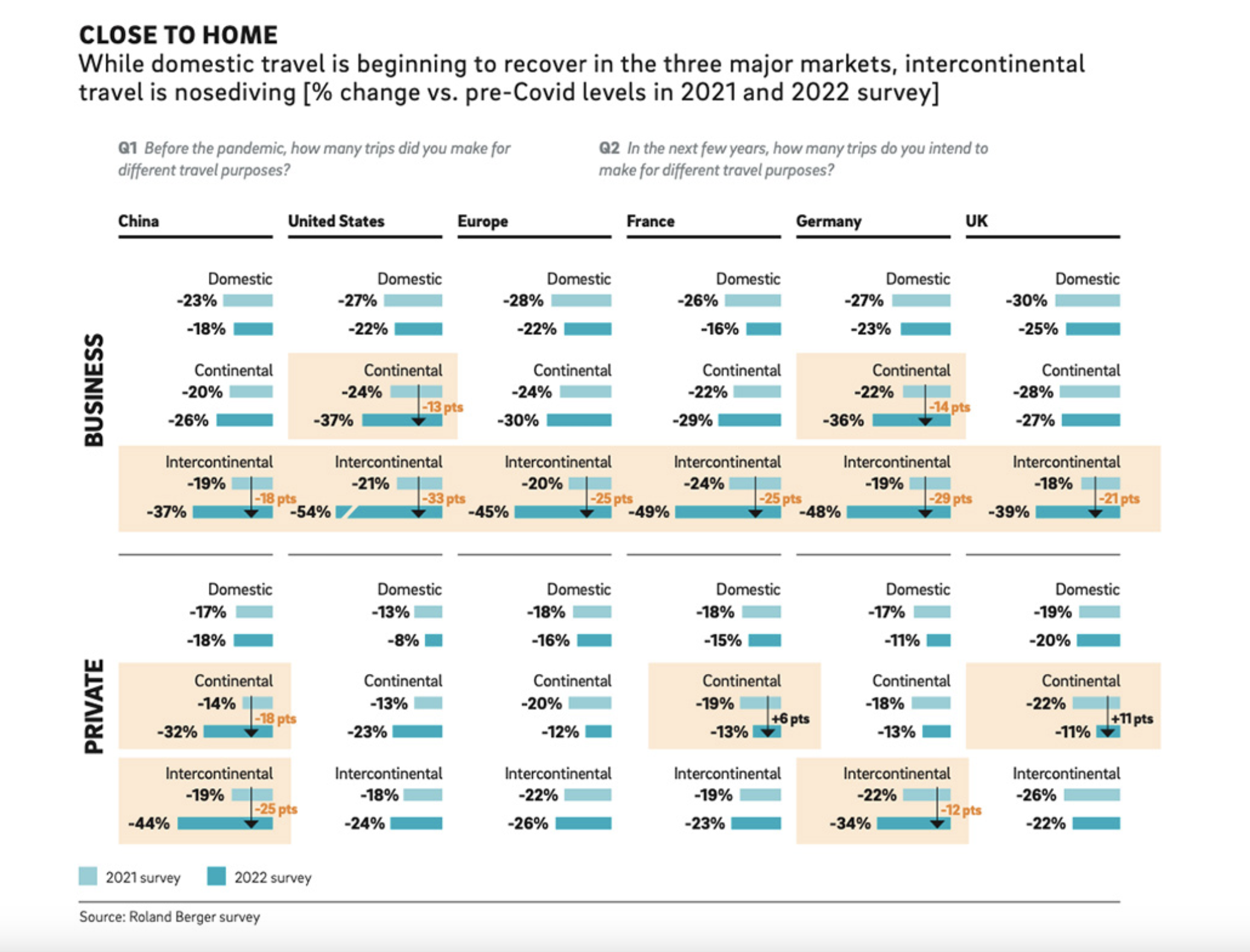
Therefore, in this blog post, we explore the meaning and function of roaming, its recent alternative – Embedded Connectivity and its significance in the travel industry.
What is roaming?
Simply put, roaming refers to using one’s mobile device – making and receiving phone calls and messages or using mobile data – outside of the range of its native network coverage area (home country). The mobile device then connects to another available mobile network, which, in most cases, comes with an extra charge. These are known as roaming charges.
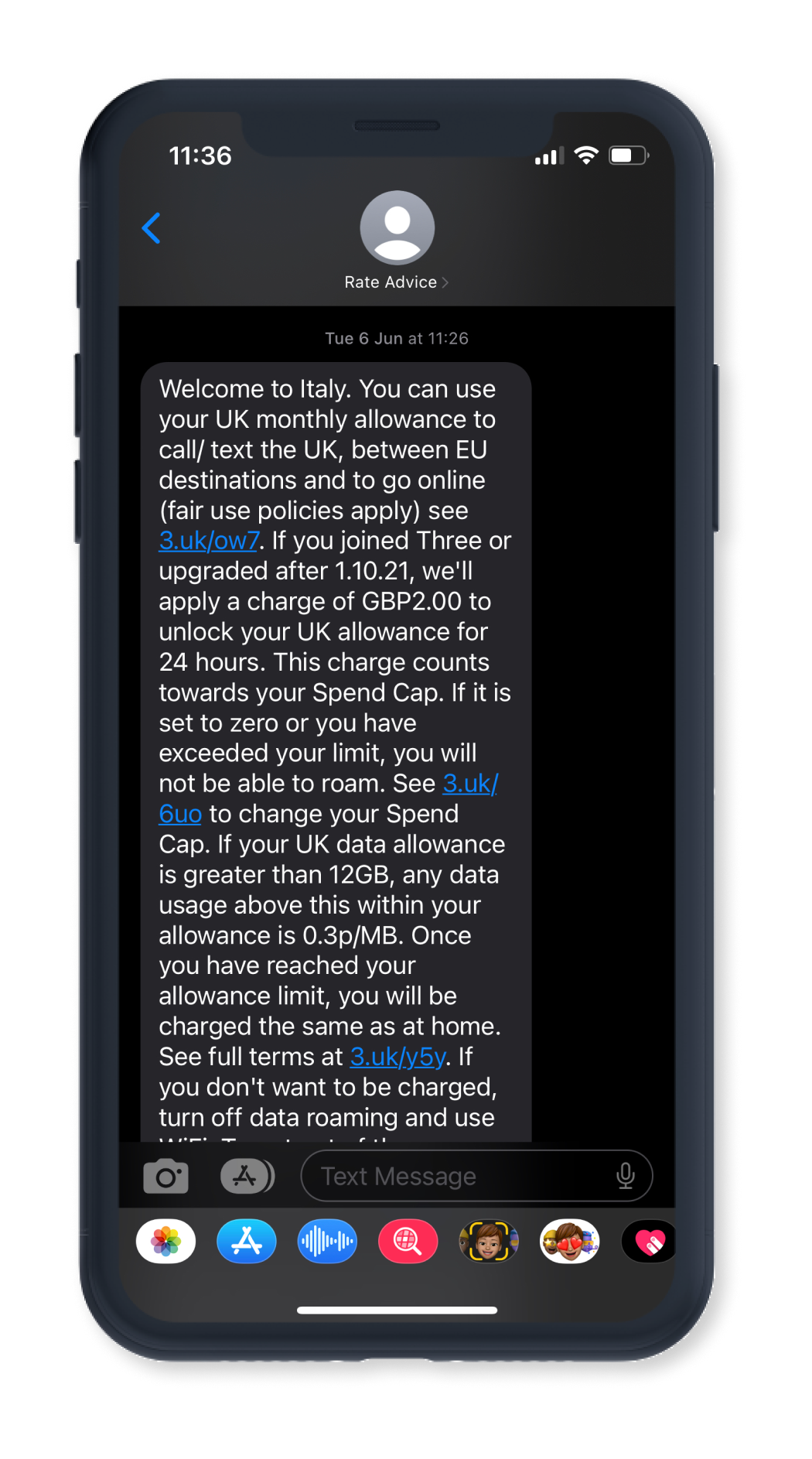
All in all, roaming is a good thing. If it wasn’t for roaming, travellers wouldn’t be able to use their mobile devices the moment they step outside of their home network range. But with roaming, operators provide an extension of the coverage and their users’ mobile devices connect automatically with the next available network. How does that come to be?

Source: GSMA – “International roaming explained”
Each mobile network operator establishes multiple partnerships with foreign operators known as “roaming agreements”. They negotiate technical and commercial conditions required to extend the service.
The agreements aren’t always the same. Negotiations often take place by comparing inbound and outbound traffic. Operators compare how many of each network’s customers are going to each destination and how much inbound traffic they can offer each other. If the traffic levels are high, the rates will be more favourable. Conversely, if the traffic levels aren’t satisfactory, the prices will be higher.
That’s why mutually popular destinations tend to have better roaming rates. For example, it’s cheaper for UK customers to roam in Europe than in the US. Both Europe and the US are equally popular in terms of the number of outbound tourists from the UK, however, a lot fewer Americans travel to the UK.
Why is roaming an opportunity for the travel industry?
Travel companies are struggling to hit the pre-pandemic levels of travellers, whether it’s for leisure or business. The current economic climate is much to blame, therefore travel companies need to work out more cost-effective ways to entice people to travel more frequently. One way of doing so is looking outside the travel industry and into the telecoms sector.
With the increasing need for staying connected while travelling, the number of roamers is also increasing. The global roaming market size was valued at USD 72.65 billion in 2022 and is expected to expand to USD 113.4 billion by 2030. This poses a huge opportunity for airlines, trains, ferries, hotels, travel agencies, tour operators, and many other companies enabling travel around the world.
You may be asking how a travel company can benefit from roaming. After all, it’s the mobile operators that provide travellers with connectivity, they establish roaming agreements, and they take advantage of the benefits. The answer is simple: it’s all possible thanks to eSIMs.
What is an eSIM?
eSIM is a digital SIM. It serves the same purpose as a physical SIM card. However, eSIM is physically built into a mobile device and can’t be removed or replaced with another eSIM. It’s activated remotely which allows operators to transition their entire customer journey online.
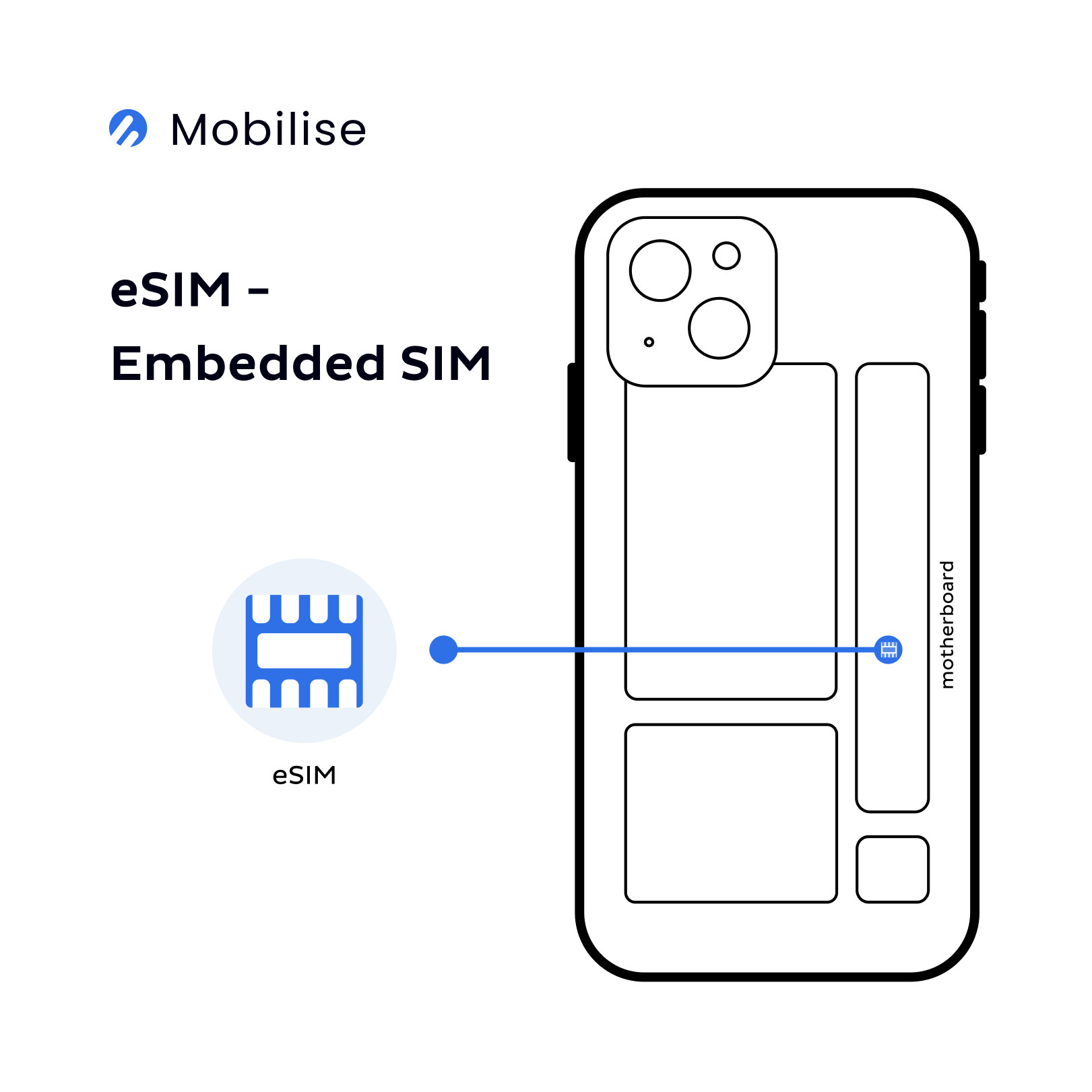
eSIMs have a lot of potential – they enable a new level of customer experience by completely removing the need for plastic SIM cards. But what’s most important is that they allow any other company, from any industry, to provide connectivity around the world, without roaming charges included.
As travel companies are the closest to travellers, the opportunity for them is the most prominent. There are a few ways to take advantage of eSIMs and embedding connectivity by a travel company. However, the best route is through a mobile app.
Mobile apps encapsulate the whole customer journey and are the single best touch point to engage with customers. They also enable an in-app way of remote SIM provisioning. In-app eSIM activation offers the most streamlined and sleek customer experience – something that can boost travel companies’ revenue by as much as USD 1.4 billion annually.
RECOMMENDED READING
The internet's role in travel: insights and statistics on global connectivity
How can a travel company benefit from eSIMs and Embedded Connectivity?
If a travel company decides to embed connectivity through its mobile app, it then has 2 tasks. Firstly, it needs to partner with a connectivity provider – a mobile network operator or a company that has mobile network agreements with operators around the world, also referred to as a roaming aggregator. Secondly, it must work out a way to connect its app with that connectivity provider and provide a way for its users to connect to the internet.
While the first task is straightforward, the second one requires a lot more time and work. Thankfully there is a way to bypass them both and reduce the effort needed to embed connectivity from 12-18 months to as little as 2 weeks – team up with an Embedded Connectivity provider. One of them is Mobilise.
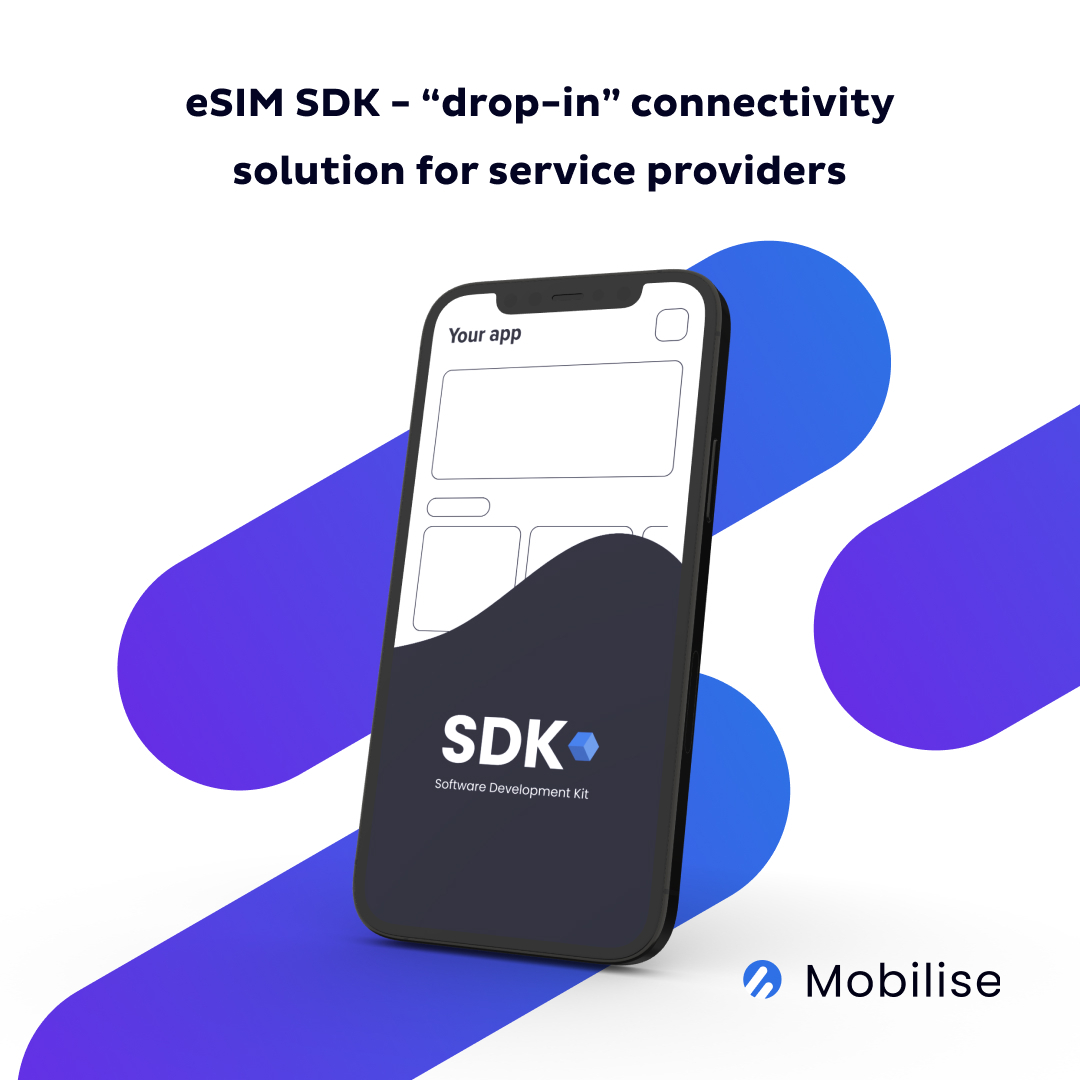
With our Connectivity SDK (software development kit), we help travel companies embed connectivity quickly and efficiently. Our solution is pre-built and can be easily plugged into any app through APIs.
We also have partnerships with multiple global connectivity providers to give you a complete out-of-the-box, ready-to-go solution. Alternatively, through our intelligent and flexible orchestration layer, we can integrate into any desired connectivity partner.
Our SDK does all the heavy lifting and removes the complexity, allowing you to easily take advantage of what connectivity has to offer.
FIND OUT MORE
The difference between roaming and Embedded Connectivity
Now, you may think: “So, if we embed connectivity in our app, we’ll be providing roaming services to our users”. Well, not really. There’s a difference between roaming and Embedded Connectivity.
Roaming happens when a mobile network provider, through their roaming agreements, extends their connectivity service outside of its coverage range. It charges fees for such service – roaming fees.
As a travel company, you’re not a mobile network operator yourself. You don’t have your coverage range. But you can partner with operators in each country you want to provide connectivity in.
They will effectively rent you their network coverage and bill you based on usage of the network, usually per 1MB of data. This footprint of coverage is usually achieved through a connectivity provider mentioned in the previous section, so you don’t have to make all those partnerships yourself.
In this way you offer local coverage in each of those countries, completely removing the need for roaming.
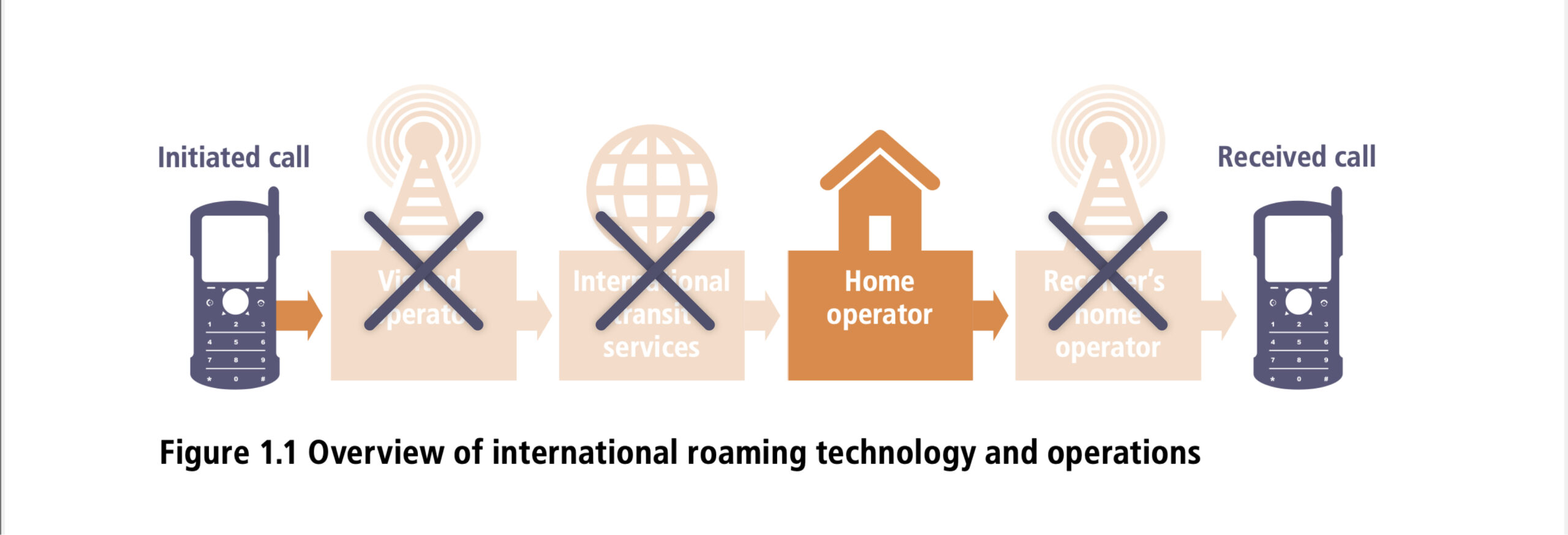
Benefits of Embedded Connectivity for travellers
Now that you know that you can easily start offering connectivity to your customers, you may want to know the exact benefits of such a procedure. There are plenty but the most important ones refer to making the travel experience smooth and hassle-free.
- Easy and affordable access to mobile data – no need to rely on insecure public Wi-Fi or pay exorbitant roaming fees through their mobile network operator.
- Seamless communication – travellers can stay connected with their family, friends, colleagues, and emergency services, no matter where they go.
- Access to vital information – having unhindered access to the internet means easy access to essential services, such as navigation apps, translation tools and booking sites, enhancing their overall travel experience.
- Easy one-tap access – Through your mobile app, allow your customers to gain access to global connectivity with a few touches of the screen, and be online in a matter of seconds.
Embedded Connectivity as a revenue stream for the travel industry
User benefits translate to revenue gains for businesses.
- Increase in traveller spending – offering a new additional service means higher spending per customer and thus higher ARPU (average revenue per user).
- Improved customer satisfaction and loyalty – offering a well-rounded experience that covers all traveller’s needs will get your customers to come back for more.
- Positive word-of-mouth – connectivity enabled by eSIMs paired with a sleek customer experience can ensure your customers will spread the word about your service.
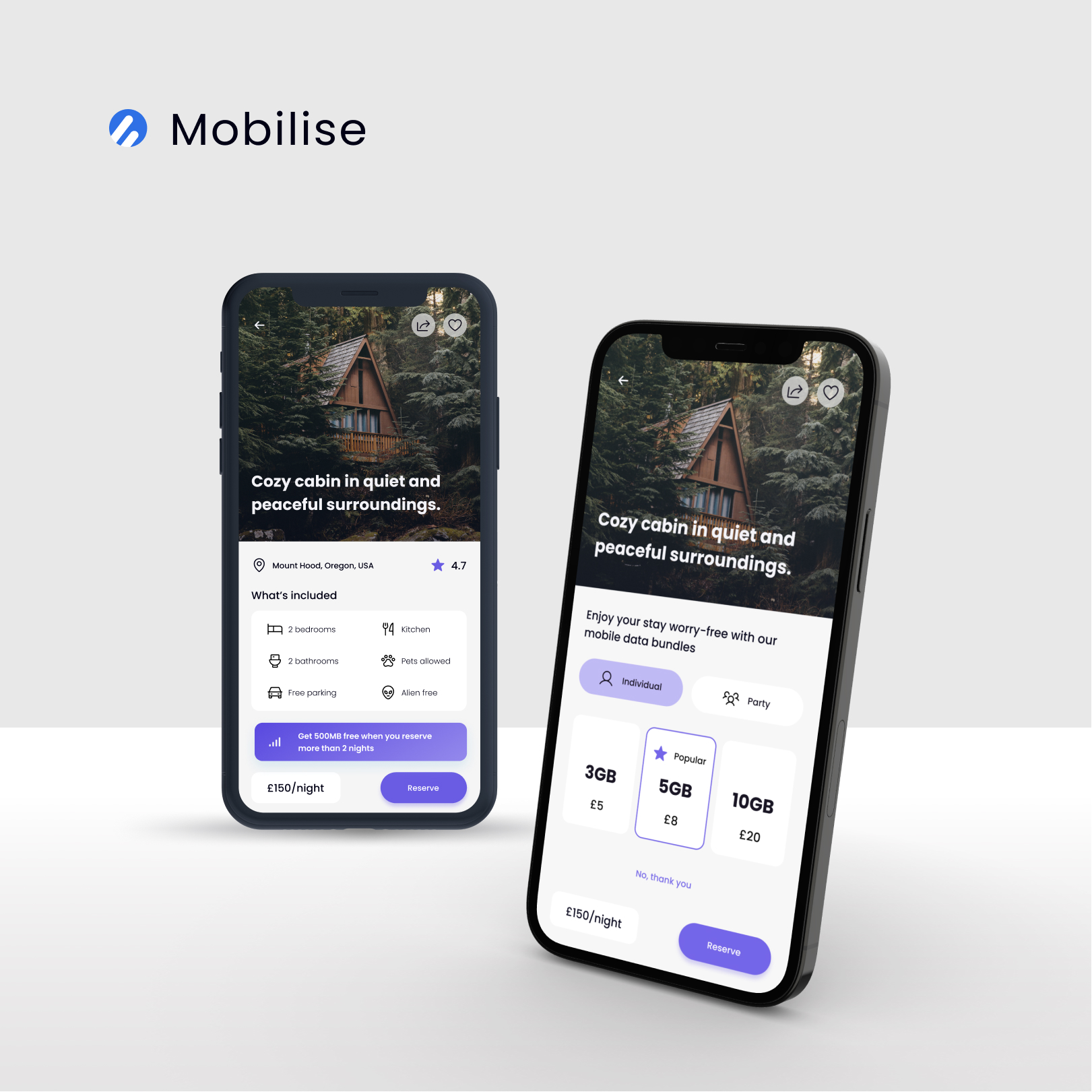
Conclusion
In conclusion, it’s not roaming per se that can benefit the travel industry but its alternative – Embedded Connectivity. As people travel more, their need for services to facilitate seamless communication, access to information, and the ability to share experiences will only continue to grow.
By embracing Embedded Connectivity, the travel industry can open itself to a number of opportunities and advantages. Including but not limited to increased customer satisfaction, enhanced revenue streams, and positive word-of-mouth. Overall, Embedded Connectivity has the potential to change and shape the future of travel experiences for all.
Click here to find out more about our Connectivity SDK solution or contact us now for a demo!



